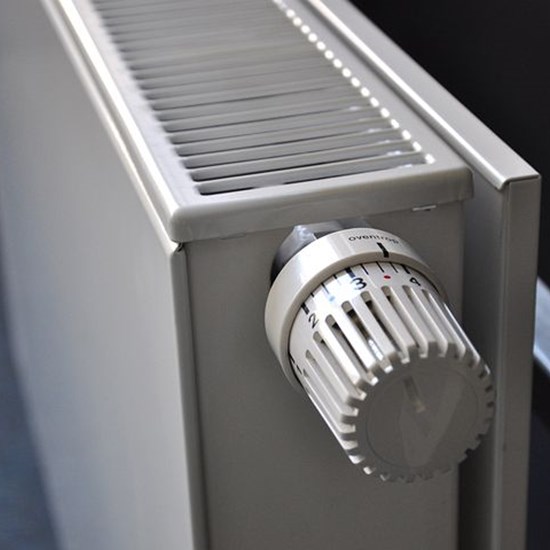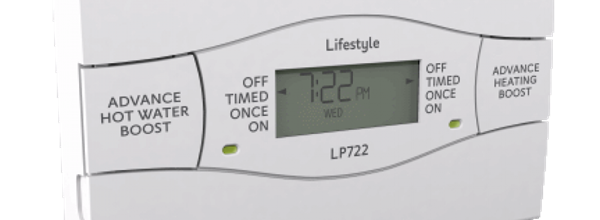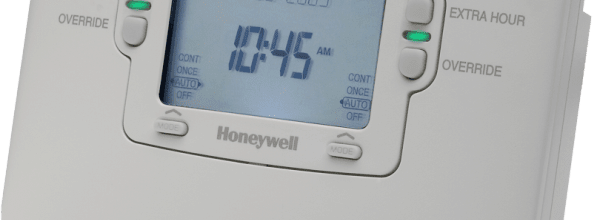Learning the best way to use your heating system will help cut energy usage
Explore our latest advice below and access guides on how to programme the system in your home.
It's important that we know if there are any problems with your central heating, so if you are a Thrive customer, please let us know as soon as possible if you notice a fault.
-
Programme your heating to suit your routine
Your programmer sets different times for your heating to come on during the day, this will help you to control when and how much energy you use.
If you tend to be at home most of the day or are in and out:
- Set your programmer to turn on 20 minutes before you get up and 20 minutes before you go to bed.
- Set the TRV higher in rooms where you spend more time and lower in unoccupied rooms.
If your home tends to be empty most of the day:
Follow the 20 minute rule:
- Turn the heating off 20 minutes before you leave the house or go to bed.
- Set a timer so your heating turns on 20 minutes before you get up or get home.
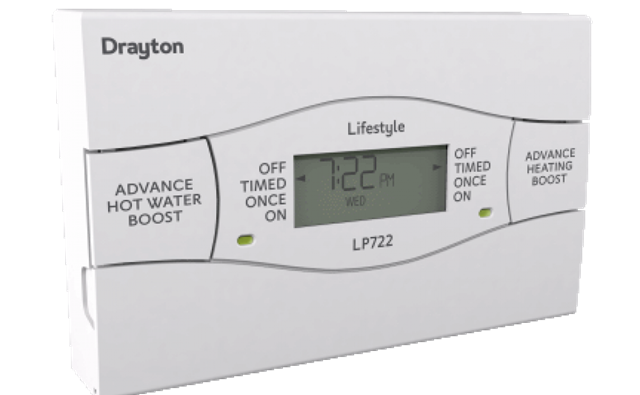
-
Time when you heat your hot water
If you have a combination boiler system, your hot water will heat as and when you use it.
If you have a hot water tank, you can time when your hot water heats to save on energy.
- set the water to heat an hour before you plan to use it
- try to use all the hot water you need in one go so your tank isn't continually using energy to re heat it.
- make sure your tank stops heating the water when you don't need it, for example once you have finished using the shower.

-
Set your boiler temperature
We recommend setting your boiler temperature between 60°C - 70°C and only turn this up in the depths of winter when it is extremely cold.
Turning down the temperature of your boiler can save on energy use. Setting the temperature too high means your boiler can't run as efficiently as it can't recycle waste heat (condensing).
Click here to learn how to adjust the temperature on your boiler.
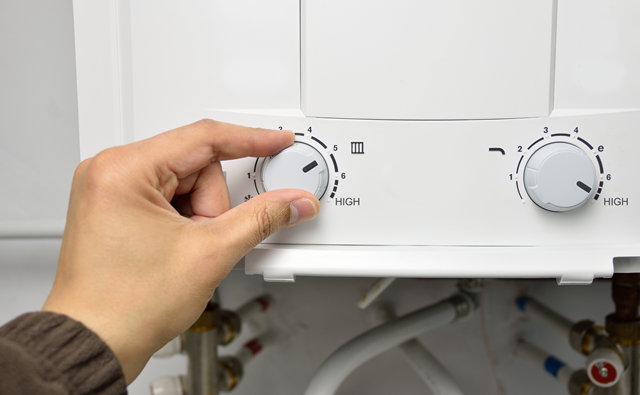
-
Programme when your boiler switches on or off
If you have a combination boiler (without a hot water tank) your heating system will either have a timer (right image below) on the boiler or a programmer (left image below) where you can schedule when your boiler comes on or off.
For other appliances, turning them off can save on energy use, however we do not advise you to turn your boiler off at the mains. Instead, use your timer to turn on your heating system when you're at home.
Click on the control you have in your home:
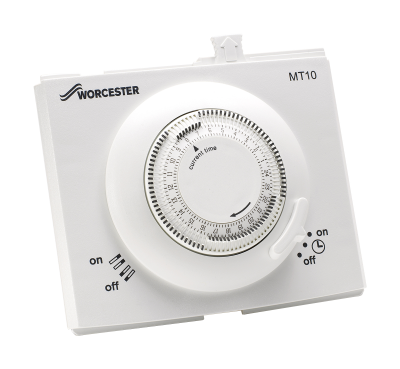
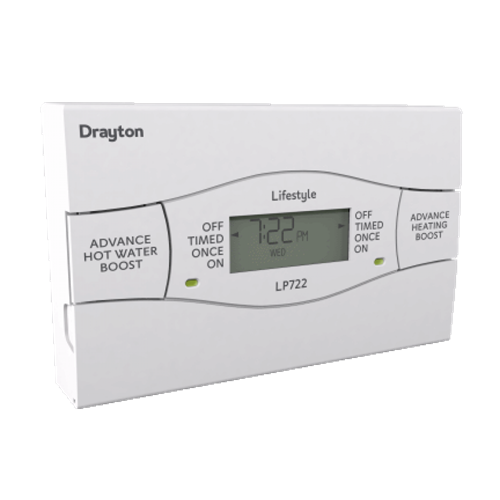
-
Control the temperature of your home
You control the temperature of your home using your room thermostat.
The average comfortable room temperature is 18°C so we recommend you start with this temperature and turn it up by one degree each day until you find a temperature you're comfortable with.
Keep in mind that by increasing this by just 1°C will add 10% to your bill, so it's best to try and keep your room thermostat at the lowest temperature that you are comfortable with.
If someone in your household is elderly or vulnerable, the advice is to not let the temperature drop below 16°C.
Room thermostats need a free flow of air to sense the temperature accurately – they must not be covered by curtains or blocked by furniture. Nearby electric fires, televisions or lamps could also stop them from working properly.
Learn how to use your room thermostat
-
Manage the temperature of your rooms
You and your home need a healthy balance of heat and ventilation.
Thermostatic Radiator Valves (TRVs) control the temperature of individual radiators (1 being low and 5 being high).
- All TRVs should be set to at least 1 to help prevent damp and mould.
- Set the TRV higher in rooms where you spend more time and lower in unoccupied rooms.
Feeling chilly? Check if you need to turn your TRV up before turning the heating up on the thermostat!
Learn how to set your TRVs
-
Combination Boiler
A Combination boiler has two ‘combined’ functions, it generates both your hot water and central heating from a single unit.
Click here to find out more.
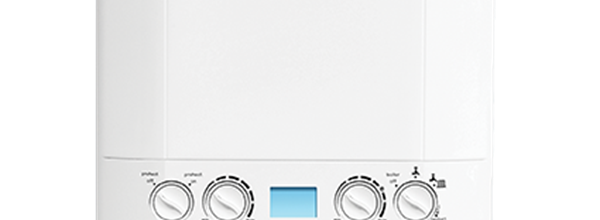
-
System Boiler
A hot water cylinder main purpose is to store pre-heated water and keep it hot for use across your home.
Click here to find out more.
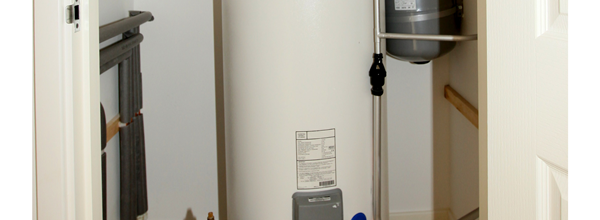
Electric Heating
Storage heaters are a type of electric heater that store heat during the night using cheaper off-peak electricity, and release it during the day. They are designed to work with energy tariffs like Economy 7 that have different prices for electricity at different times.
Making sure you are on a two-rate electricity tariff, such as Economy 7 or Economy 10, allows you to get cheaper electricity rates at night. You can check your energy bill or contact your supplier to find out what tariff you are on and what the off-peak hours are.
How can you maximise your storage heater efficiency?
-
Turn the input dial to high during colder months
This is so your heater can store the maximum amount of heat during the night.
Turn it to low during warmer months, so you don’t waste electricity and overheat your room. If you don’t need any heat during the summer, you can turn the storage heater off at the wall.
-
Turn the output dial to low before going to bed
This is so you don’t lose heat overnight. Turn it up gradually during the day when you need more warmth. Avoid turning it up too high or too often, as this will deplete the stored heat faster and make your heater less efficient.
-
Use up all the stored heat first before turning on the boost switch
The boost switch uses peak electricity to provide extra heat. Only use this when absolutely necessary, such as in the middle of winter or when you have guests.
-
Don't cover the surface of your storage heater
Don't put things too close to it, as this can block the airflow and cause a fire hazard. Keep at least a 15 cm gap between your heater and any furniture, curtains or other objects.
How to set up your storage heaters
Most storage heaters have two key controls: an input dial and an output dial.
- The input dial determines how much electricity the storage heater will use to charge (and therefore the amount of available heat once the storage heater is charged).
- The output dial controls the rate at which the storage heater emits heat into the room.
We're developing further guidance on how to set up your storage heater, so keep checking back to this page!

